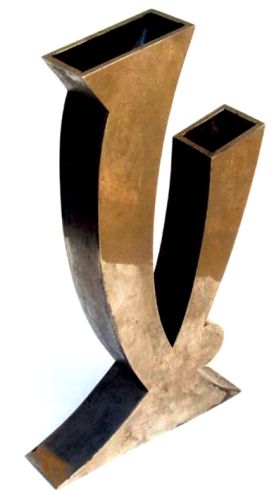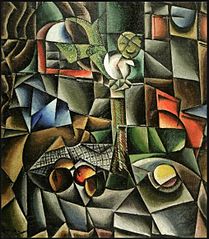
1895 - 1971
Max Hermann Maxy
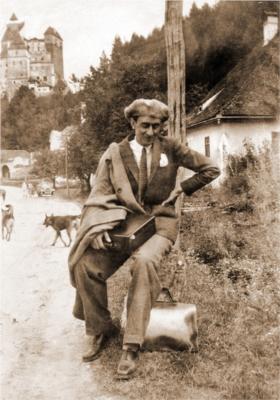
description
Outstanding Romanian artist of German-Jewish origin, talented stage designer and one of the leading representatives of the Avant-garde movement in his country. The artist worked in the styles of Cubism, Expressionism, Constructivism and Modernism. He was the founder and editor of several periodicals. Max Hermann Maxy ran a school that he founded for those expelled from the official Academy Jewish artists, as well as a Jewish theater. In the 1920s, when the wave of artistic innovations began in Romania, Maximilian Hermann was at the forefront of the rebellion against a society that had deprived them of the right to full citizenship. He investigated the newest styles of art, joined provocative modern movements, organized the work of new educational institutions and the publication of journals. After the war, the painter was appointed the director of the Romanian Museum of Art and professor of the Institute of Fine Arts named after Nikolai Grigorescu. He made a great contribution to the formation and development of Romania’s culture.
Key ideas:
– In the early period of his career, Maximilian was mainly interested in themes from the war, in which he took part. Emotional works of the late 1910s were written in a manner close to Realism, even Naturalism.
– Having interpreted the theory of Cubism as corresponding to his ideas, Maxi boldly, and at times brutally experimented with shapes, splitting objects in an image and collecting the pieces into a whole, similar to a mosaic. In some canvases, entirely filled with geometric fragments that flow into each other, the viewer begins to see the vision conceived by the artist only after reading the title.
– Having joined the November group in Berlin (a German cultural organization oriented toward socialist ideals), the artist also did narrative pictures.
– A certain period in his practice was dominated by Constructivism. At the same time, Maxi worked in the style of moderate Modernism, using a thin, flexible line as well as elegantly selected colors and ornaments.
Maxi created a number of remarkable portraits of people with whom he communicated. As a portraitist, he was emotional and accurate in conveying the basic features of the model, although many portraits are created in the Cubist and Expressionist styles. He always drew “appearance” in an unusual way. For example, while half of a given face was bright green, the other one might be red or purple. These were portraits based on an objective, emotional or stylistic idea.
1895
1913
1918
1922
1924
1926
1929
1939
1949
1971
The birth of the artist
Began to study at The School of Fine Arts
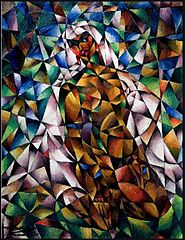
Organized an exhibition in the city of Iasi with other artists
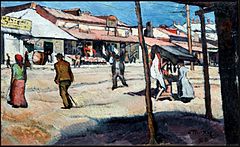
Began to study in Berlin

He founded an independent Academy of Arts
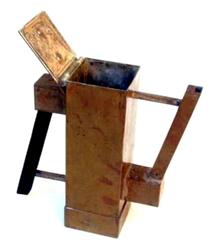
Started working as a set designer in Paris
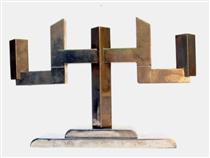
The artist was awarded a Gold Medal for his decorative arts
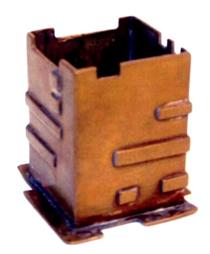
He began working as a stage designer for the Jewish theater Baracheum in Bucharest
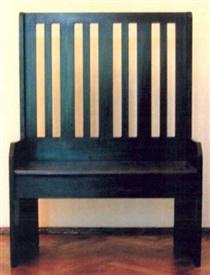
The artist was appointed director of the Romanian National Art Museum and professor of the Institute of Fine Arts
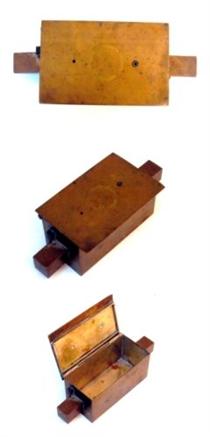
Смерть художника
